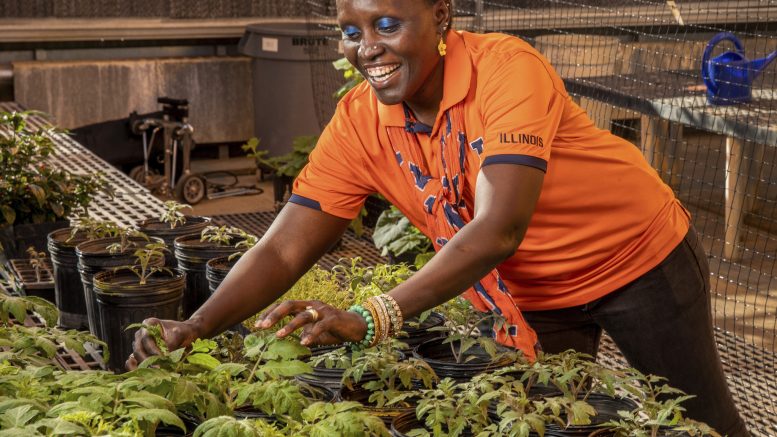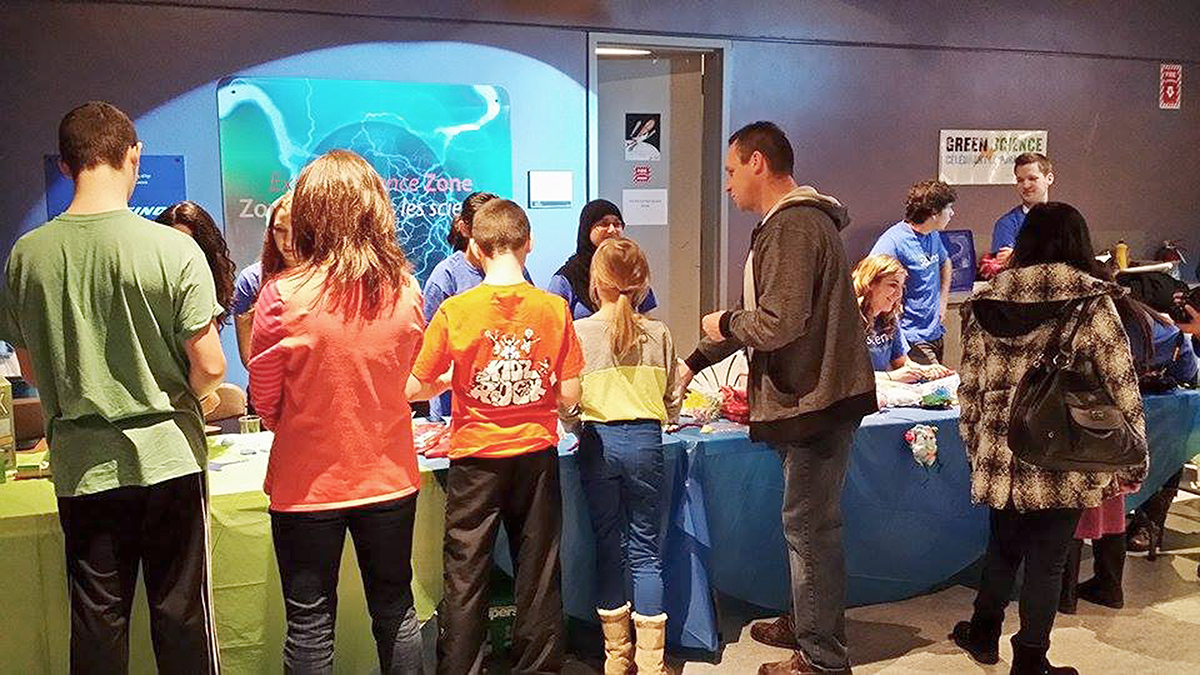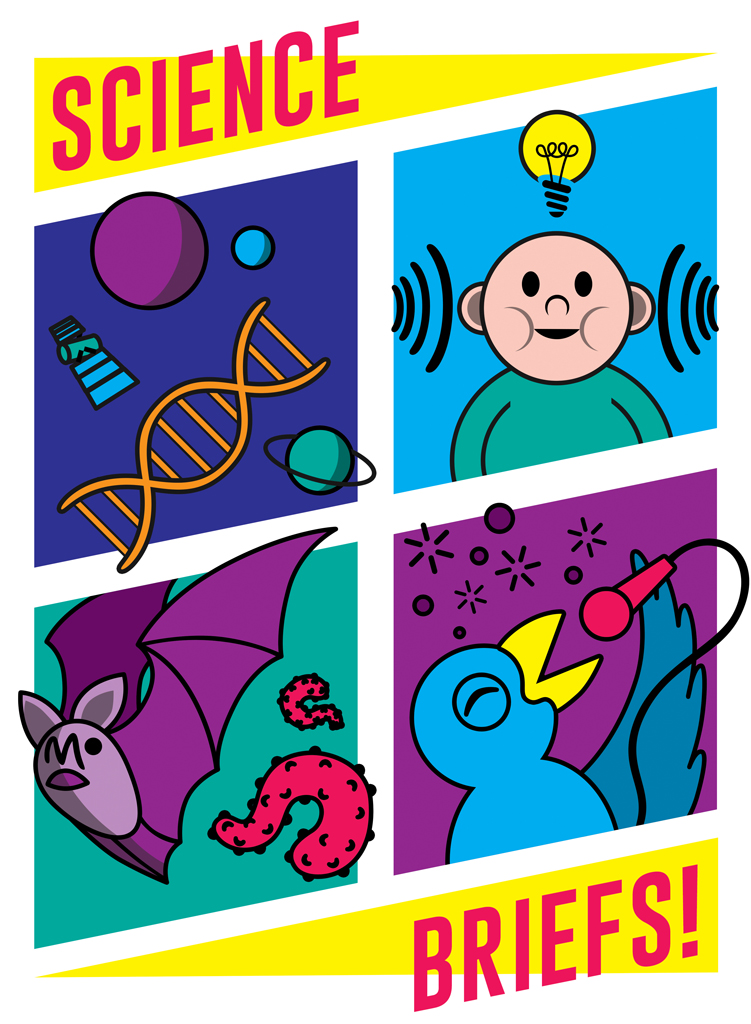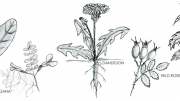Esther Ndumi Ngumbi grew up in a rural farming community on the Kenyan coast. Her parents worked as teachers and cultivated crops to supplement their income. When not in school, much of her time was spent working on the family farm.
“Halfway during the season, I would watch all our hard work go to waste because insects would come around and eat our food crops,” Ngumbi said. “What insects had not taken, sometimes drought would. What drought had not taken, sometimes flooding would.”
Even after being harvested, the little food that could be salvaged and stored was still targeted relentlessly by insects.
“At the end of the season, when insects and all these stresses would take away our food, it would mean that we would […] have to miss multiple meals,” Ngumbi said, “it would mean that my parents would have to struggle.”
With these first-hand experiences of food insecurity in mind, Ngumbi set out to understand how insects find food crops, and why plants are often unable to defend themselves from their attack.
To find solutions to these challenges, she began a career in entomology, the study of insects. She is now an assistant professor of entomology at the University of Illinois Urbana-Champaign, where she runs the Ngumbi Lab. Research at the lab is aimed at understanding the “chemical-mediated conversations” insects and plants have using chemical signals.
The airborne chemical signals that plants release have many functions.
Some signals are intended to reach other plants. For example, the smell of freshly cut grass is a warning signal released when a plant is in distress. These signals may stimulate the formation of new cells at the wound site, allowing it to close. Other signals may prevent bacterial infection and fungal growth at the wound site.
Plants may also send airborne chemical messages to insects. Ngumbi explored this phenomenon in her 2011 doctoral dissertation studying the ability of parasitic wasps to locate hosts, such as caterpillars.
“We know that plants, once they start getting eaten, their chemistry changes and they’re attracting these natural enemies,” Ngumbi explained. “If we take these synthetic compounds and put them into lures and put them in the fields, can we attract these natural enemies?”
The answer, her study found, is yes.
When certain cotton plants are under attack from caterpillars, they release compounds that attract parasitic wasps. The wasps then lay eggs inside the caterpillars’ bodies. After the larvae hatch, they slowly devour the caterpillar, making sure to avoid eating vital organs to keep it alive for as long as needed. Eventually, the larvae release chemicals to paralyze the caterpillar while they eat their way through its skin and into the outside world. Once released, the wasps mature until they are ready to continue the cycle.
Ngumbi’s current research, which she presented on Oct. 31 as part of a seminar hosted by the U of M’s faculty of agricultural and food sciences, is Unravelling chemical mediated interactions between plants, beneficial soil microbes (Bacilli PGPR) and insects. In this project, Ngumbi aims to explore how crop breeding impacts plant defences and plant-microbe interactions. When crops are bred, they may produce different chemical signals. With every decade, crops with new genotypes (genetic makeup) and characteristics are bred.
Early results from the study show that the genotype of maize, a crop examined in the study, significantly impacts the composition of chemical signals produced. Similarly, the variety of maize impacts the abundance of soil microbes.
This research and many other studies conducted at the Ngumbi Lab look to reduce the biotic (bacteria, insects, viruses, etc.) and abiotic (floods, droughts, etc.) stressors faced by crops and sustainably manage pests.
Speaking to graduate students in the sciences, Ngumbi emphasized the value of scientific research for agriculture and the environment.
“Our work as scientists is important,” said Ngumbi. “We’re in the frontline […] observing some of these would-be solutions for not only farmers, but many other challenges that we face.”
“Our biodiversity is at stake.”
She explained that the contributions of scientists can allow societies to not only overcome food insecurity and crop shortages, but to do so in a way that avoids harming the environment. The research produced by scientists like her is informed by “challenges that are happening on the ground,” and aims to addresses obstacles faced by farmers and stakeholders. Continuous funding is vital to meeting these goals.
Ngumbi stressed the need to collaborate across scientific disciplines. Insects interact with plants, which grow in and are affected by broader agricultural conditions, which interact with communities at all levels. To address the challenges of food insecurity, scientists in many fields must work together.
“Entomology cannot solve it all,” she said. “Collaboration would allow us to holistically start to solve challenges and develop science-based solutions.”
Ngumbi pointed to diversity as another important tool for scientific innovation. A diverse team of scientists allows for the sharing of a myriad of perspectives, with each person bringing unique experiences, passions and curiosities to the table.
At the end of the day, Ngumbi said, “we’re all trying to find a solution to a challenge that is affecting someone.”





